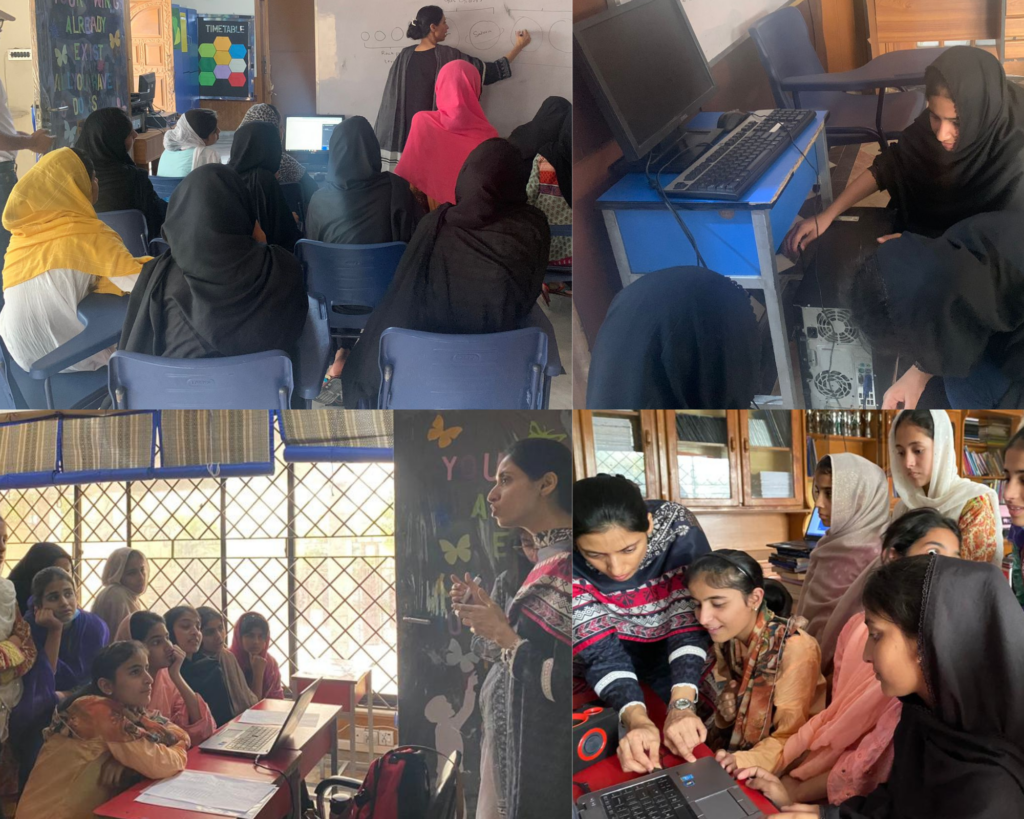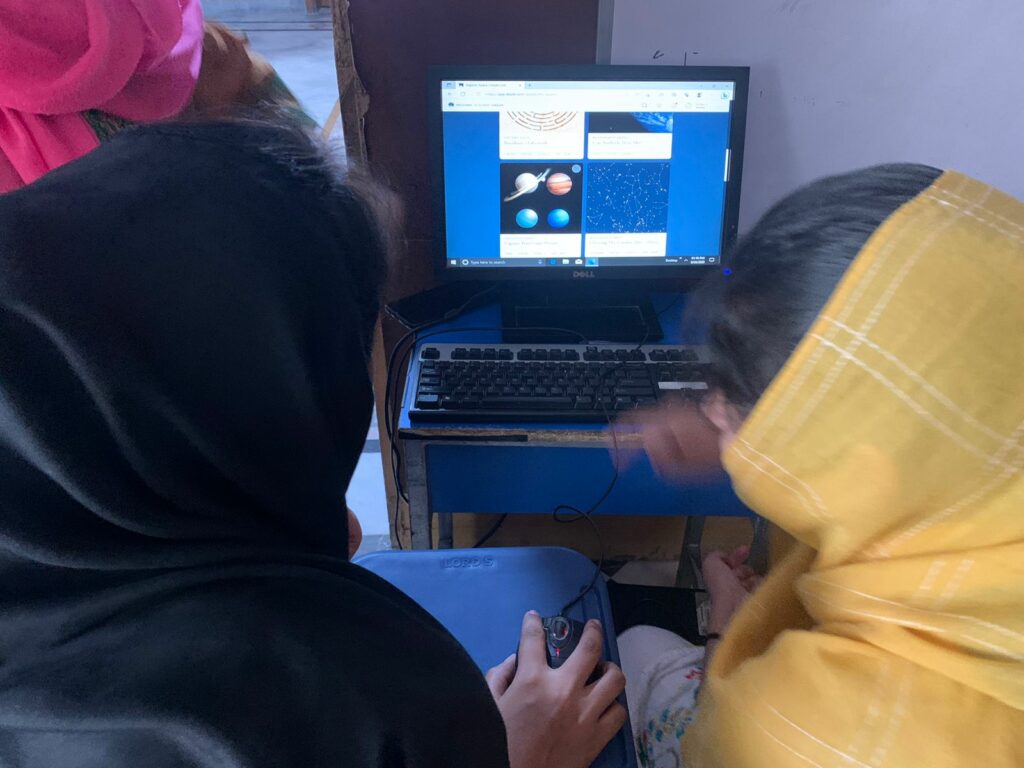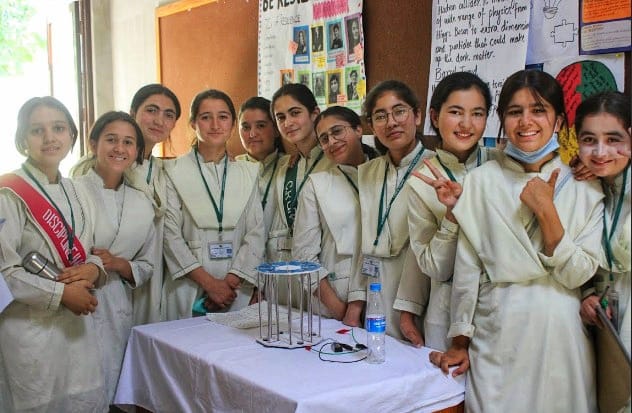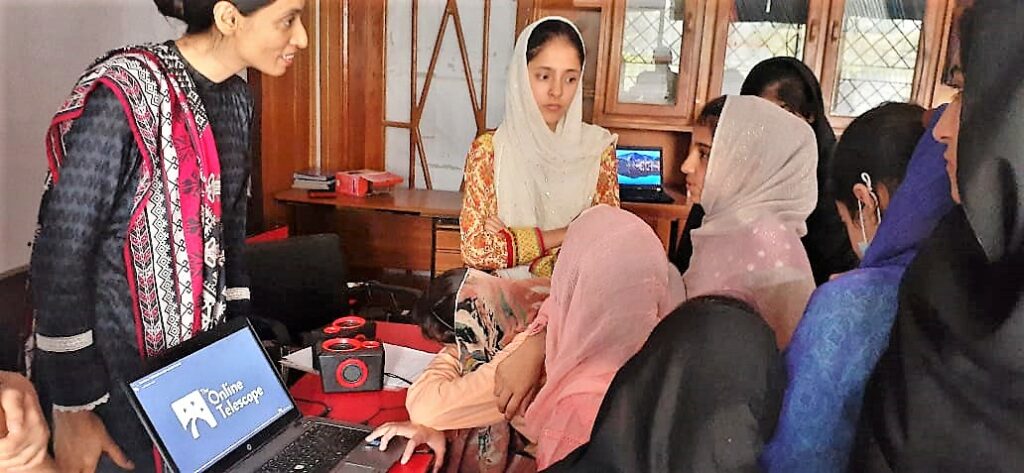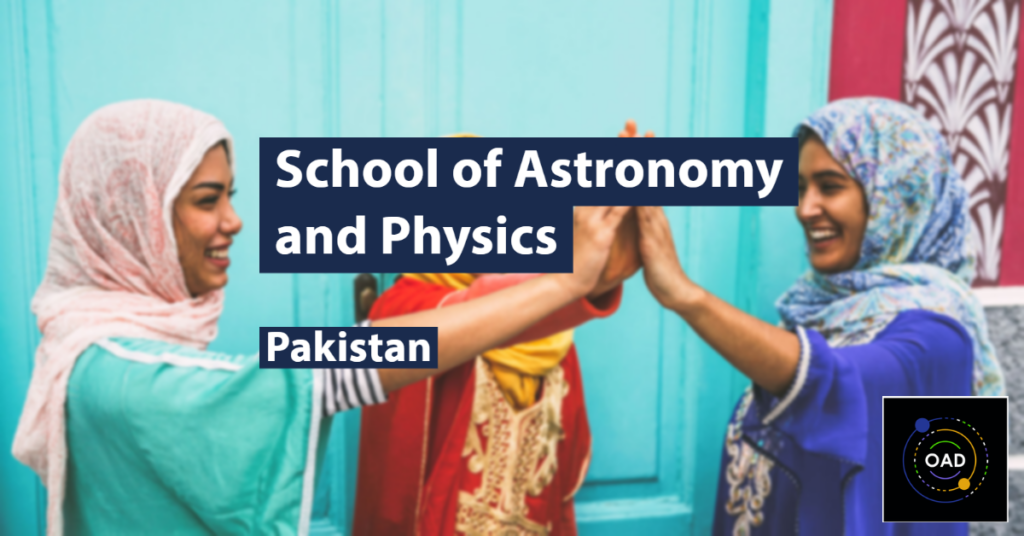All children have a right to a high-quality education and equitable access to educational opportunities, regardless of their ethnicity, religion, or socioeconomic condition. Through informal physics and astronomy-related blended learning encounters, “Astro-Phy Quench” has engaged the students from marginalized and underprivileged backgrounds to develop science identity. The project engaged a) secondary and higher secondary school […]
Category Archives: “Astro-Phy Quench” – “School of Astronomy and Physics
by Hafsa Ghazali and Vania Abbas, STEM Ambassadors for the Astro-Phy Quench project Humans have come a long way. From watching the sky and only being able to appreciate the beautiful, shimmery stars to now initiating a potential adventure to where once only our eyes could go. The study of astronomy is rising exponentially as […]
By Abeeha Hussain, STEM Ambassador for the OAD supported project “Astro -Phy Quench” Growing up in the northern reaches of Pakistan, far from the light pollution of bustling cities, I’ve had the incredible experience of gazing upon the vast expanse of clear, star-studded skies. Physics has always held a special place in my heart, with […]
One of the main activities of the project is using online telescopes to introduce students from remote and conflict affected parts of Pakistan to astronomy. For this project, online/remote telescopes will be used since they allow students to access professional telescopes in a classroom setting. These telescope sessions also provide an opportunity for students to […]
According to UN, Pakistan is the 5th Populus country. For Children b/w 5 &16 years, 32 % are not in school, second largest in world (53 % of whom are girls). Inequality is pervasive b/w urban-rural locations. Women’s labour force participation rate (21.5%) is among the lowest in region, as are rates of gender parity […]

